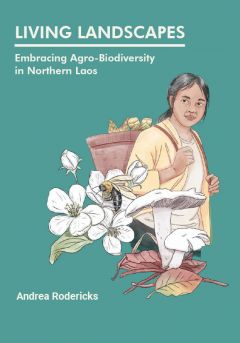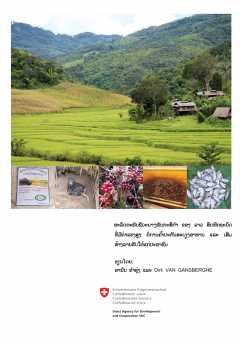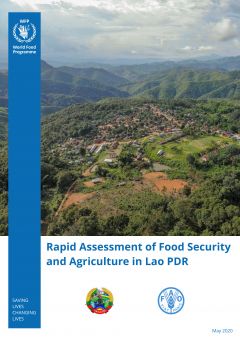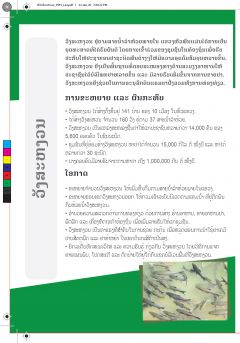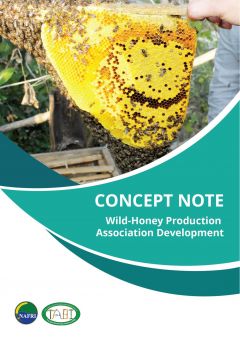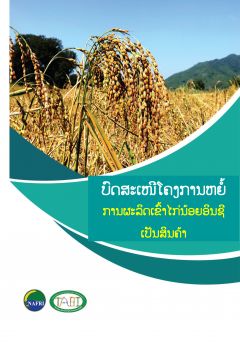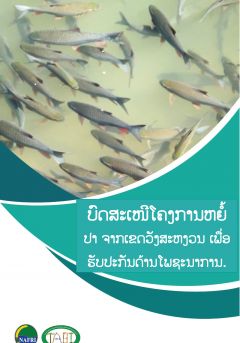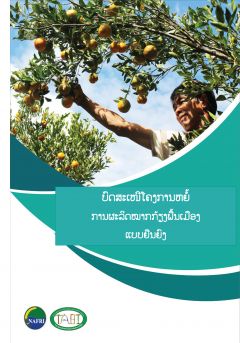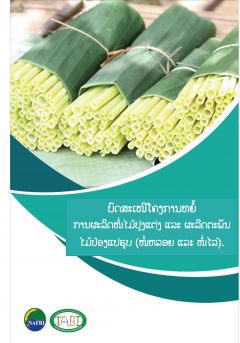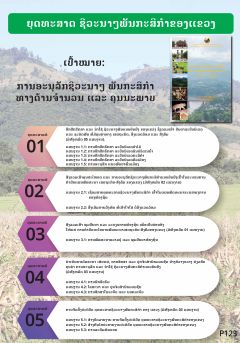Topic: Food / Food Safety
No publications were found for the given selection criteria.
Lao PDR
The Lao uplands have long been recognized for their rich agro-biodiversity. Home to globally important species of animals, plants, and micro-organisms, this agro-biodiversity is the legacy of the…
ຊີວະນາໆພັນກະສິກຳຂອງລາວ ມີທ່າແຮງເພື່ອຍົກລະດັບເສດຖະກິດທ້ອງຖິ່ນ ໂດຍຜ່່ານການປັບປຸງຊີວິດການເປັນຢູ່ຂອງຄອບຄົວຊາວພູດອຍ ແລະ ພ້ອມນັ້ນ ກໍເປັນການສ້າງຊື່ສຽງໃນເວທີສາກົນ ກ່ຽວກັບ…
While there have been just 19 confirmed cases of the Coronavirus Disease 2019 (COVID-19) to date in Lao PDR, the country – as with other countries around the world – has been affected by secondary…
• Beekeeping: A huge potential for Lao honey exists if marketing, quality control and expansion of beekeeping can be achieved.
• Native bananas: Local bananas have a diversity of value-added…
In Xiengkhouang province, the “wild honey” produced by the Apis Cerena bee species is natural wild honey that has traditionally been harvested from both the wild forest and by beekeepers in the…
Khao Kai Noi (KKN) is specific glutinous rice varieties produced exclusively in Xiengkhouang and Houaphanh Provinces.
Small-scale fisheries are very important in the northern part of Lao PDR, where rural people heavily depend upon the rivers’ fish stocks for…
Oranges contain an impressive diversity of essential nutrients including vitamins C, A and B-complex as well as minerals (Potassium and Calcium) essential for health and overall well-being The fruit…
Bamboo is an important biodiversity resource and is often perceived as the most economically important NTFP of Lao PDR. It is imperative for the livelihoods of rural communities (cash income, food…
No publications were found for the given selection criteria.

